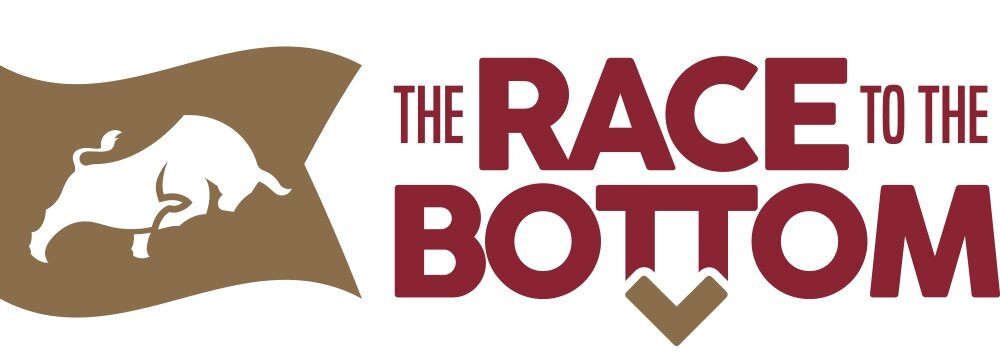Law Faculty Blogs and Disruptive Innovation: Routing Around Reputational Metrics
Law blogging represents a method for routing around traditional means of determining reputation. Faculty can increase awareness of their expertise and scholarship without having to obtain “prestige slots” in elite journals. Moreover, with blogs increasingly used for authority in law review articles, posts represent a mechanism for increasing the number of faculty citations.
Evidence of improved reputation can be seen from the correlation between blogging and SSRN downloads. Blogging can increase downloads in two ways. First, articles can be marketed directly through references and links in posts. These references will have a lingering effect. Even after blog posts have disappeared from the main page, they will be subject to subsequent discovery by those searching the Internet.
Second, a sustained presence on the Internet can enhance name recognition. Substantive, high quality analytical posts will associate increased awareness of particular faculty with expertise. That in turn can stimulate interest the faculty member’s scholarship, even if the articles are not specifically mentioned in posts. The result will be an increase in SSRN downloads.
This can be seen from the apparent correlation between law blogging and SSRN rankings. An analysis of the top 200 law faculty by downloads (on May 1, 2012) over the prior year revealed 140 US law faculty scholars (“Download Rankings”). The elite schools (arbitrarily determined to be the top ten schools in the US News rankings) produce 33% (46) of the US Faculty in the Download Rankings. That increases to 58% (81 out of 140) when considering the top 25 law schools, and 72% (101 out of 140) when examining the top 50. Law schools outside the top quartile contributed only 39 or 28% of the US Law Faculty on the Download Rankings.
There is at least some correlation between the Download Rankings and blogging. Of the 39 faculty outside the top 50, a significant number (11) were affiliated with blogs. The relationship, however, is even more pronounced when comparing faculty at elite law schools (the top 10 in the US News Rankings) with those just outside. Faculty from elite schools who appear in the Download Rankings do not blog. Yale has seven faculty in the top 200; only one blogs. Harvard has 12; only one blogs. At Stanford, Columbia, NYU, Berkeley, Penn, Virginia and Michigan, none of the faculty in the Download Rankings blogs on a regular basis.
For law schools ranked immediately outside the top 10, however, the situation is markedly different. Georgetown (ranked 13th), has four faculty in the Download Rankings, three of whom blog. Of the three faculty members in the rankings from UCLA (ranked 15th), two blog. GW (ranked 20th) has six faculty in the Download Rankings, four of whom blog. The two faculty from Washington University (ranked 23rd) in the Download Rankings also blog.
The data is suggestive. For faculty teaching at an elite law school, reputation is most likely based upon the status quo. Because they benefit from the existing set of biases, these professor have little incentive to route around the traditional criteria for determining reputation. For faculty outside this group, however, they benefit less from the status quo and have greater incentive to embrace mechanisms such as blogging that permit them to route around the status quo.
The full paper, Essay: Law Faculty Blogs and Disruptive Innovation is here; the underlying data is posted here.
